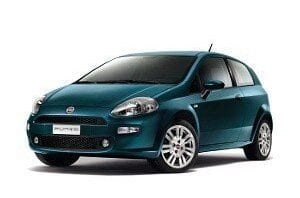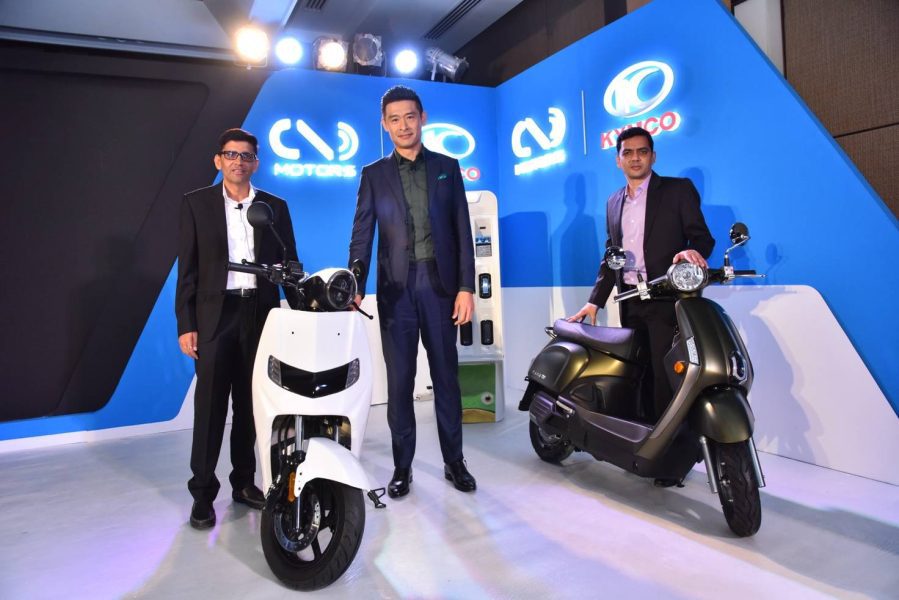
The device and principle of operation of the parking brake
Content
The parking brake (also known as the handbrake, or in everyday life "handbrake") is an integral part of the vehicle's braking control. Unlike the main braking system used by the driver while driving, the parking brake system is primarily used to hold the vehicle in place on sloping surfaces, and can also be used as an emergency emergency braking system when the main brake system fails. From the article we learn about the device and how the parking brake works.
Functions and purpose of the hand brake
The main purpose of the parking brake (or handbrake) is to keep the car in place during long-term parking. It is also used in case of failure of the main braking system during emergency or emergency braking. In the latter case, the handbrake is used as a braking device.
Also, the handbrake is used when making sharp turns in sports cars.
The parking brake consists of a brake actuator (usually mechanical) and brakes.
Parking brake types
By the type of drive, the handbrake is divided into:
- mechanical;
- hydraulic;
- electromechanical parking brake (EPB).
The first option is most common due to its simplicity of design and reliability. To activate the parking brake, just pull the handle towards you. Tightened cables will block the wheels and reduce speed. The vehicle will brake. The hydraulic handbrake is used much less frequently.
According to the method of engaging the parking brake, there are:
- pedal (foot);
- with a lever.
The pedal operated handbrake is used on vehicles with automatic transmissions. The handbrake pedal in such a mechanism is located in place of the clutch pedal.
There are also the following types of parking brake drive in brakes:
- drum;
- cam;
- screw;
- central or transmission.
Drum brakes use a lever that, when the cable is pulled, acts on the brake pads. The latter are pressed against the drum, and braking occurs.
When the central parking brake is activated, it is not the wheels that lock, but the propeller shaft.
There is also an electric handbrake drive, where the disc brake mechanism interacts with the electric motor.
Parking brake device
The main elements of the parking brake include:
- a mechanism that actuates the brake (pedal or lever);
- cables, each of which acts on the main braking system, resulting in braking.
In the design of the brake drive of the handbrake, from one to three cables are used. The three-wire scheme is the most popular. It includes two rear cables and one front cable. The former are connected to the brakes, the latter to the lever.
The cables are connected to the elements of the parking brake by means of adjustable lugs. At the ends of the cables, there are adjusting nuts that allow you to change the length of the drive. Removal from the brake or return of the mechanism to its original position occurs due to the return spring located on the front cable, equalizer or directly on the brake mechanism.
How the parking brake works
The mechanism is activated by moving the lever to the vertical position until the latch clicks. As a result, the cables that press the rear wheel brake pads against the drums are stretched. The rear wheels are locked and braking occurs.
To remove the car from the handbrake, you must hold down the locking button and lower the lever down to its original position.
Parking brake in disc brake
As for cars with disc brakes, the following types of parking brakes are used here:
- screw;
- cam;
- drum.
The screw is used in disc brakes with one piston. The latter is controlled by a screw screwed into it. The screw rotates due to the lever connected on the other side with the cable. The threaded piston moves in and presses the brake pads against the disc.
In the cam mechanism, the piston is moved by a cam-driven pusher. The latter is rigidly connected to the lever with a cable. The movement of the pusher with the piston occurs when the cam rotates.
Drum brakes are used in multi-piston disc brakes.
Handbrake operation
In conclusion, we will give a couple of tips for using the parking brake.
Always check the position of the parking brake before driving. It is not recommended to ride on the handbrake, this can lead to increased wear and overheating of brake pads and discs.
Is it possible to put the car on the handbrake in winter? This is also not recommended. In winter, mud with snow sticks to the wheels and in severe frost, even a short stop can freeze brake discs with pads. Vehicle movement will become impossible, and the use of force can lead to serious damage.
In vehicles with an automatic transmission, despite the “parking” mode, it is recommended to use the handbrake as well. First, it will extend the service life of the parking mechanism. And secondly, it will save the driver from a sudden rollback of the car in a confined space, which, in turn, can lead to undesirable consequences in the form of a collision with a neighboring car.
Conclusion
The parking brake is an important element in a car's design. Its serviceability increases the safety of vehicle operation and reduces the risk of accidents. Therefore, it is necessary to regularly diagnose and maintain this mechanism.
Questions and answers:
What are the brakes in the car? It depends on the car model and its class. The braking system can be mechanical, hydraulic, pneumatic, electrical and combined.
What does the brake pedal do? The brake pedal is connected to the brake booster drive. Depending on the type of system, this can be an electric drive, a hydraulic drive, or an air drive.
What kind of brakes are there? Depending on the purpose of the braking system, it can perform the function of the main brake, auxiliary (engine braking is used) or parking.

